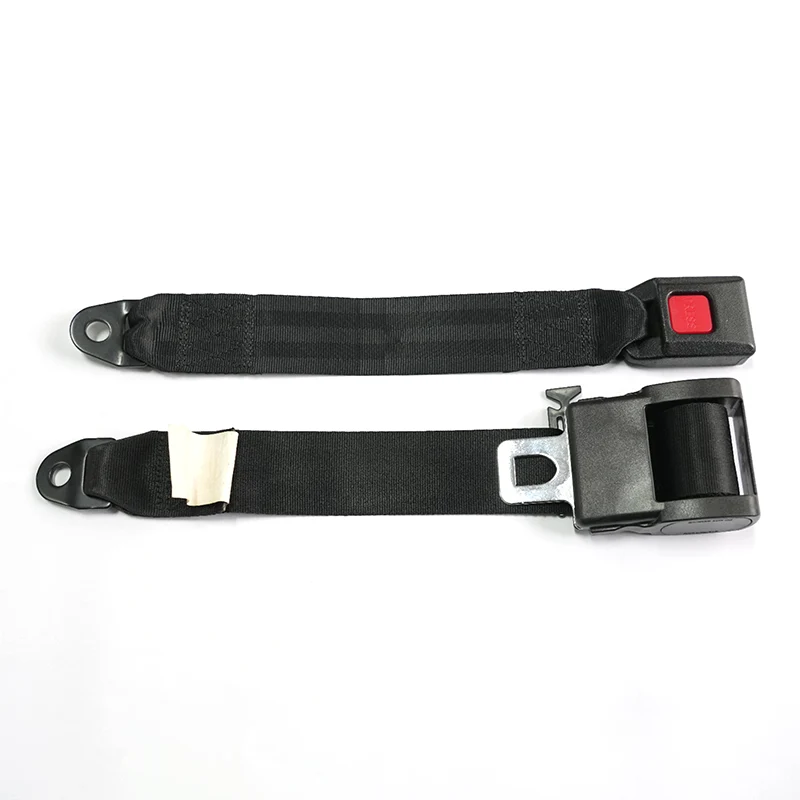What are the Key Advantages of the Cargo Binding Belt Compared to Other Safety Belts?
2025-09-08
The Cargo Binding Belt is a flexible restraint device made of a high-strength synthetic fiber core and covered with a wear-resistant sheath. Its construction includes a multi-layered woven load-bearing layer, wear-resistant edge strips, and metal end fittings. The end connectors are made of forged alloy and self-locking, eliminating the risk of accidental unfastening during use.
Compared to other safety belts, its advantages include:
The Cargo Binding Belt uses a polyester coating to increase the friction coefficient between the fiber bundles. The polyamide webbing wraps around the load-bearing core and is coated with silicone-based wear-resistant particles. The edges are hot-melt-sealed to create an integrated, cut-resistant structure.
The metal components utilize forged alloy hooks that are carburized to increase surface hardness. Needle bearings are embedded in the rotating shaft to reduce wear. The safety tongue features a secondary locking mechanism.
Compared to metal chains, the fiber material exhibits a progressive fracture characteristic when overloaded, preventing fragments from flying. Its elastic modulus absorbs transport vibration energy, reducing the risk of fatigue failure at the connection points.
Furthermore, our product remains flexible even in temperatures as low as -40°C, and its chemically inert surface resists acid corrosion. UV stabilizers delay sunlight aging, and humid environments prevent oxidation and corrosion.

Core Specifications
| Parameter | Details |
| Webbing Material | High - strength nylon |
| Static Tensile Strength | Exceeds 20, 000 N |
| Metal Parts Surface Treatment | Grinding+ electrophoresis process |
| Plug Lock Fatigue Testing | No less than 10, 000 durability cycles |
| Sewing Process | Automatic patterned sewing machine |
How to identify belt damage?
Monthly inspect the uniformity of light transmission through the load-bearing layer of the Cargo Binding Belt. Localized shadows indicate internal fractures. Surface cuts exceeding a certain width ratio require mandatory scrapping. Edge wear leading to fractured guardrails is considered a structural failure.
How to treat rust on metal fittings?
Clean minor rust spots with a fiber brush and apply contact rust preventative. Increased resistance at the hinge requires application of special grease. If the latch mechanism becomes stuck, the entire fitting must be replaced.




